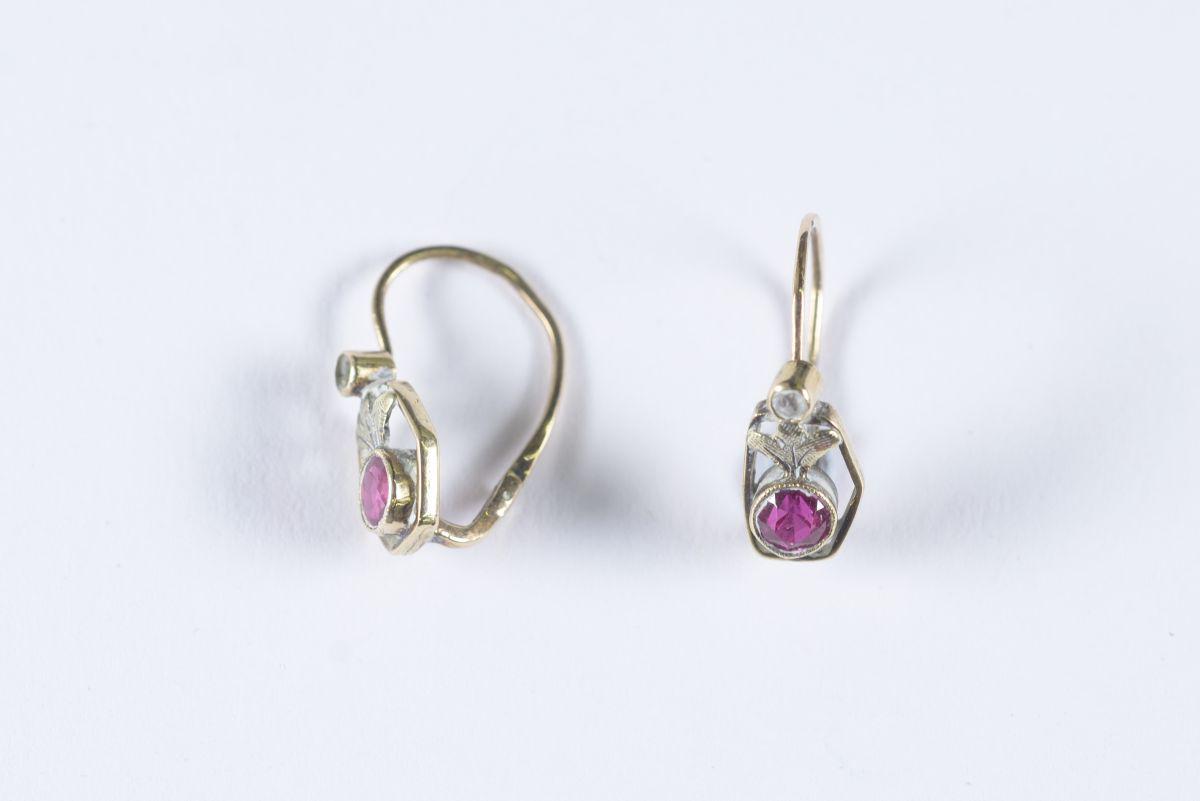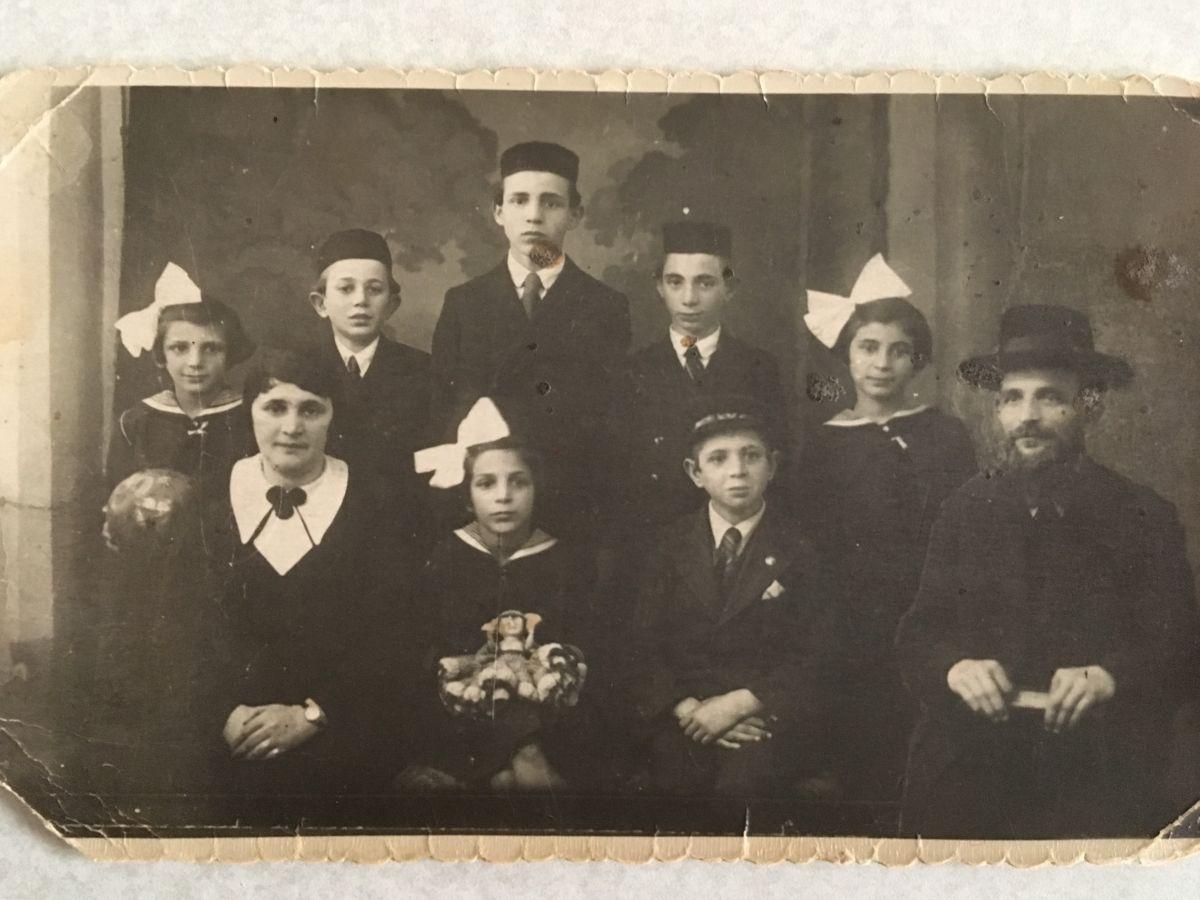
Yad Vashem Artifacts Collection


Yad Vashem Photo Archive

Through painstaking research of its unrivalled collections of Holocaust-related artifacts and archival documents, Yad Vashem is not only able to tell the stories of Holocaust victims, but also to restore their identities, the very thing the Nazis worked so hard to eradicate. One such investigation was recently carried out on a pair of earrings, donated to Yad Vashem some 80 years after they had been hidden in the Beregszász (Berehove) ghetto in Hungary.
Like in many other ghettos across Europe during the Holocaust, before the Jews interned in the Beregszász ghetto were deported, they were ordered to hand over their valuables to the Germans. Any Jew found with a precious object was likely to be executed on the spot. It was at this point that a young girl named Zisso gave a pair of her earrings to her 17-year-old neighbor Eliezer Smilovits to hide. Instead of surrendering them to the authorities, Eliezer secreted them under the floor and covered them with dirt.
Shortly afterwards, in May 1944, the ghetto in Beregszász was liquidated and the Jews – including Zisso and Eliezer together with their families – were deported to Auschwitz-Birkenau. Most of them were murdered shortly upon arrival.
However, together with his older brother Ze'ev, Eliezer was taken for forced labor. With their prisoner numbers tattooed on their arms, the two young men were transferred to the Auschwitz sub-camp, Buna-Monowitz. Towards the end of the war, Eliezer and Ze'ev were forced on a death march. Eliezer was taken to the Mauthausen concentration camp and liberated from there in early May 1945. Unfortunately, Zeev didn't survive. Of the seven members of the Smilovits family, only two survived – Eliezer and his younger sister, Sheva.
After the war, Eliezer returned to Beregszász, where, to his amazement, he found the pair of earrings still buried exactly where he had left them. He kept them with him always as a reminder of Zisso and her family who had been murdered.
Before he died, Eliezer ensured that his grandson would donate the earrings to Yad Vashem so that Zisso and all those who lost their lives during the Holocaust would never be forgotten.
When the earrings arrived at Yad Vashem, experts in the Museums Division's Artifacts Department began to work to uncover several basic facts. Who exactly was Zisso? What happened to her? And did anyone else from her family survive? Yad Vashem's Evgeny Rozin conducted an in-depth inquiry into the past to shed light on the mysterious artifacts.
With the earrings was a note Eliezer had written, which included some details about the young girl he remembered as Zisso. The letter also mentioned the names of Zisso's two sisters, and that her father was the shamash (beadle/caretaker) of the Great Synagogue in the city of Beregszász. Missing, nevertheless, was Zisso's family name.
Museum staff threw the net as far and wide as they could. They combed through Yad Vashem's Central Database of Shoah Victims' Names to try and locate any names of Holocaust victims from Beregszász, and they contacted Holocaust survivors from the town, as well as various researchers specializing in the city's history. Based on the information Eliezer had left about Zisso and her family members, they were able to locate the name of the street where they lived.
Finally, they found a family photograph on a website for the Carpathian Jewish community with the following caption: "Yosef Weiss, shamash (caretaker) of the Grand Synagogue." The photo, which had been submitted by Yosef's grandson, Tibor, depicts Yosef with his wife, three daughters and four sons. Yad Vashem contacted Tibor and together they uncovered more details making it possible to paint a more complete picture. Genealogist Bela Huber also assisted in locating the names of other family members.
Zisso was actually Magdalena Weiss, the youngest of seven children born to Yosef and Amalia Weiss of Beregszász. About a year before the deportation of the Jews of Beregszász, Yosef died. His son, Nandor-Shmuel (Tibor's father) replaced Yosef as the shamash of the Grand Synagogue. All the members of the Weiss family were deported to Auschwitz-Birkenau. Nandor-Shmuel and two of his three sisters survived until the end of the war; sadly, his sisters succumbed to typhus shortly after liberation.
The earrings kept by Eliezer all these years are one of the only tangible objects left proving that Magdalena (Zisso) Weiss ever existed. Thanks to the meticulous investigative work of staff in Yad Vashem's Artifacts Department, her and her family's stories can now be told. These are the part of the mosaic of the Holocaust – the everlasting witnesses of the people who once lived and were so brutally murdered by the Nazis and their accomplices.
The Weiss and Smilovits families are also now restored from oblivion, and their names and memories recorded in Yad Vashem's Central Database for Shoah Victims' Names – as well as in the hearts and minds of those who will learn about them for generations to come.
This story was written with the participation of the Artifacts Department at Yad Vashem.










